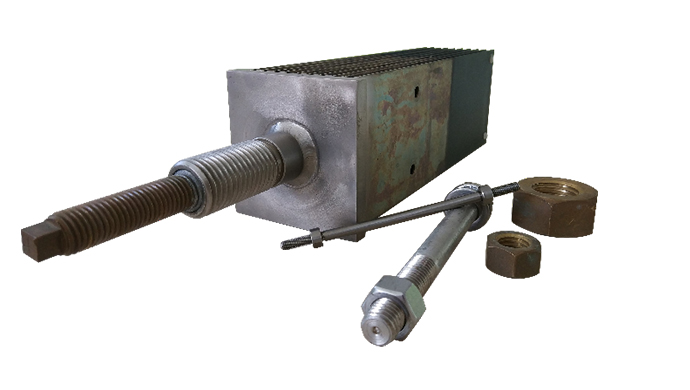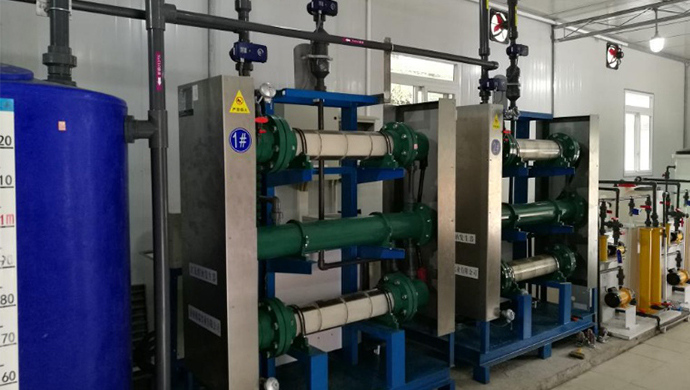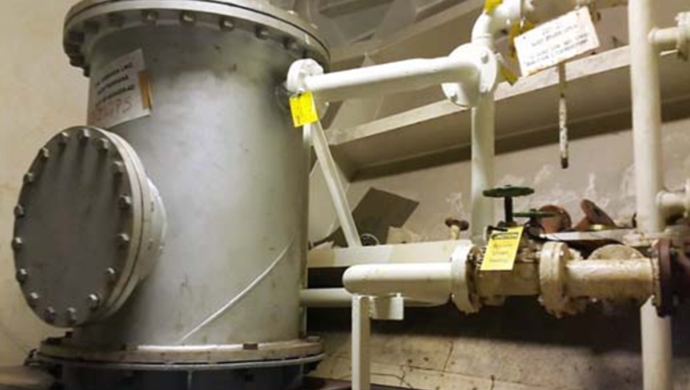“Drinking water safety” has always been one of the social topics that people pay special attention to. Especially in recent years, the frequent problems of tap water make many people have doubts about the quality of tap water. And
hypochlorite generator was produced in such situation. As a new kind of sterilization, it has more efficient bactericidal ability and more reliable bactericidal effect, more importantly, it would not produce by-products in water so that it can be seem as one of the most safe drinking water disinfection methods.
The raw material used in sodium hypochlorite is edible salt, which is hydrolyzed into hydrogen and sodium hypochlorite solution by electrolysis process. The electrolytic sodium hypochlorite solution will be rapidly dissolved in water and evenly distributed after being added to the dosing spots. Then, the sodium hypochlorite in the water will penetrate the cell wall quickly, invade the cell nucleus and decomposes it, thus completely killing bacteria and microorganisms in the water.
In addition to killing bacteria and microorganisms in the water, sodium hypochlorite will not react with other chemicals, and will not produce carcinogenic substances which are harmful to human body as the residual chlorine added. Besides, the alkaline sodium hypochlorite can also play a role in the neutralization of water quality, so that it’s more popular with modern water treatment plants.
Compared with other disinfection methods for drinking water, sodium hypochlorite generator has the following advantages:
1.Strong bactericidal ability, broad-spectrum bactericidal and its quick bactericidal ability is better than other bactericidal methods;
2.Raw materials are easy to purchase. The raw materials used in sodium hypochlorite generator are edible salt, which is much simpler than the addition of ozone, chlorine dioxide and finished products.
With these advantages, sodium hypochlorite generator has become the preferred disinfection method in many modern waterworks, and gradually become the mainstream sterilization method.













